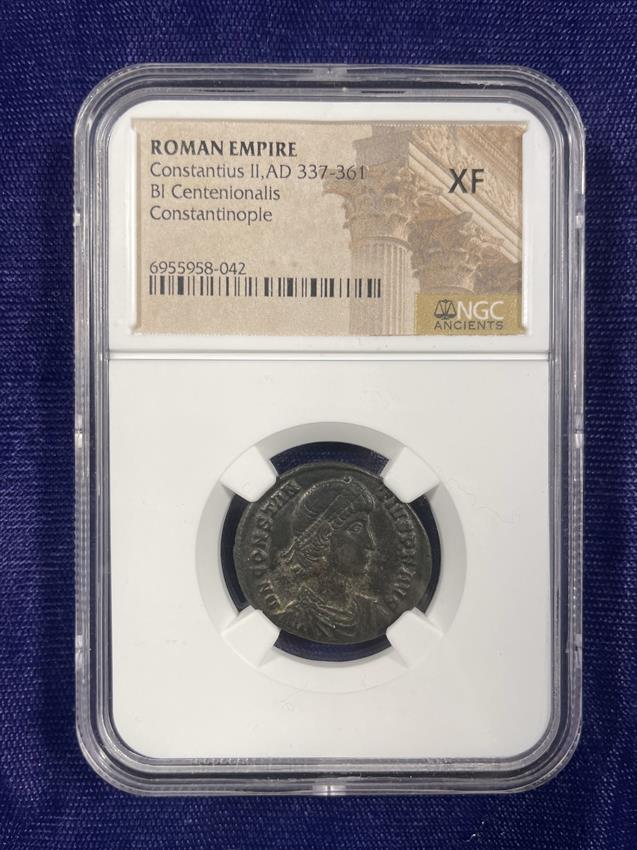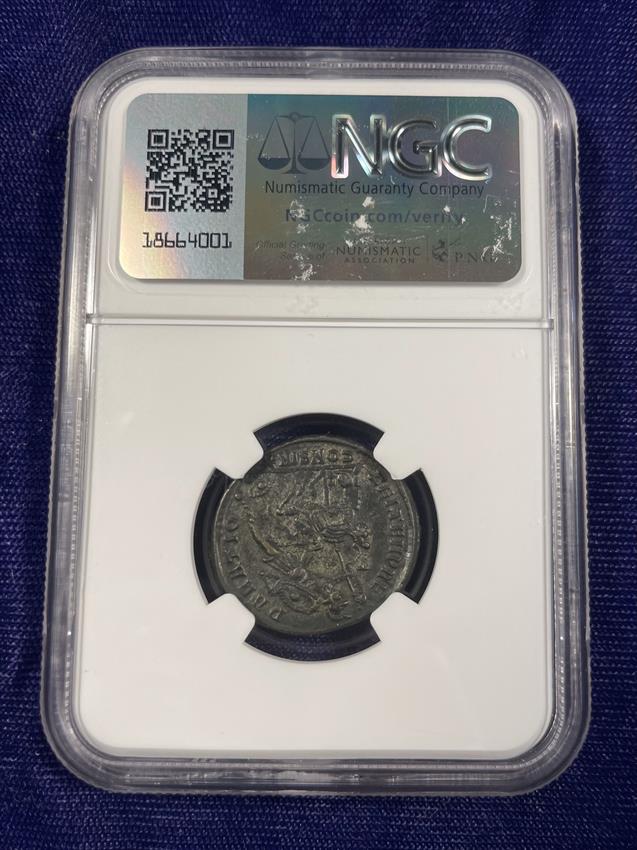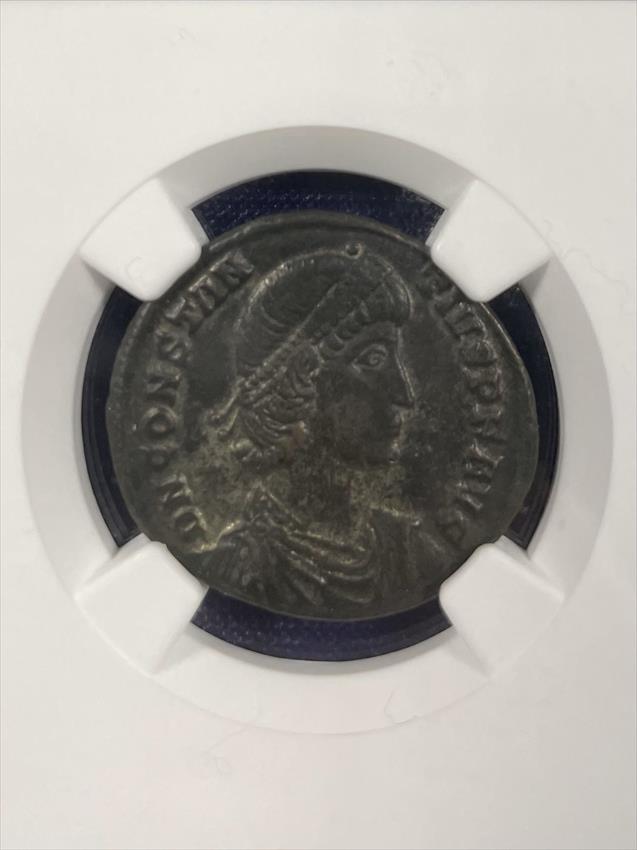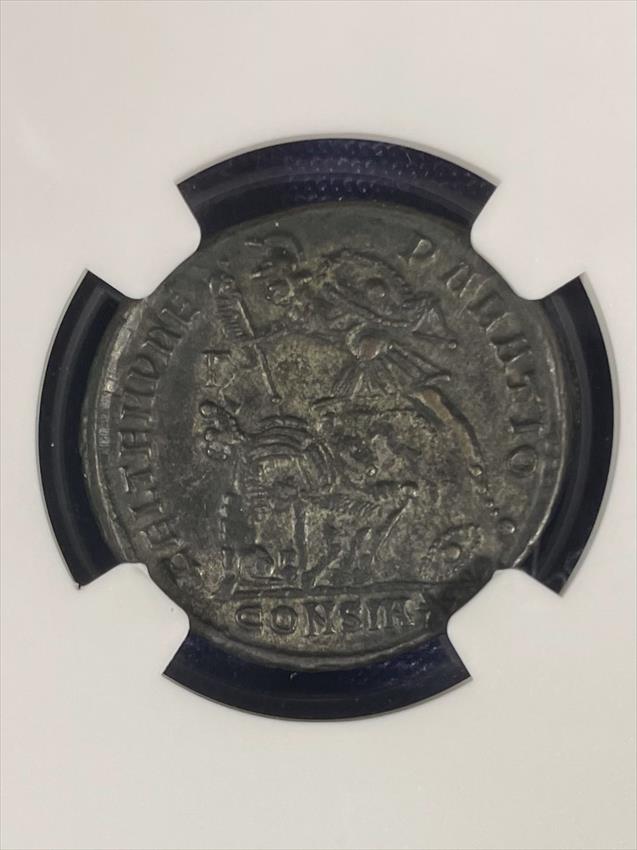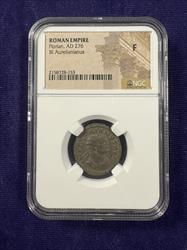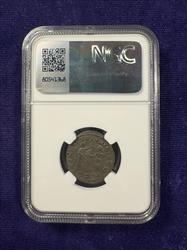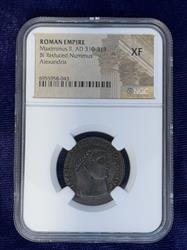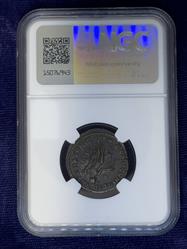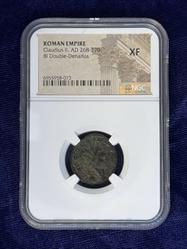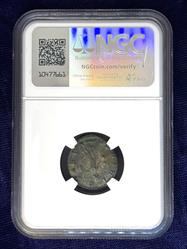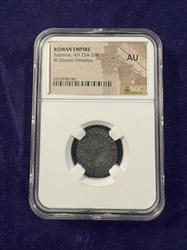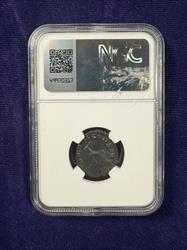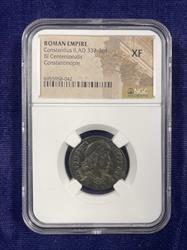

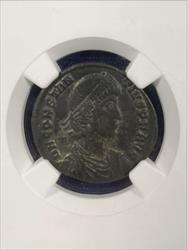
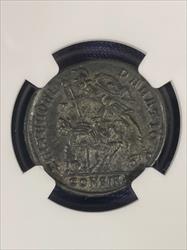
Constantius II BI Centenionalis AD 337-361 XF
| Quantity | Check/Wire | Credit Card |
|---|---|---|
| 1+ | 125.00 | 129.06 |
- SKU: BFB005394
- Categories: ANCIENTS ROMAN ROMAN EMPIRE
Constantius II (Aug. 7, 317 - Nov. 3, 361) was the third son of Constantine the Great and Fausta. Constantine had intended for Constantius to rule the empire along with his brothers Constantine II and Constans, as well as their cousins Dalmatius and Hannibalianus. However, Constantius ordered the murders of Dalmatius and Hannibalianus, as well as many other male relatives, shortly after Constantine the Great died in 337. So, at the age of 20, Constantius became a Roman emperor along with his two brothers. The three of them divided the empire among themselves. Constantius II held dominion over the East, combating an invasion by Persian King Shapur II that included war elephants. Meanwhile, in the West, Constans gained complete control in 340 when Constantine II died trying to invade his territory. Ten years later, Constans was deposed and killed, and Magnentius declared himself emperor in the West. Constantius refused to recognize Magnentius as the new emperor and launched a campaign against him. The resulting civil war lasted three years. Ultimately Constantius defeated Magnentius and became the sole ruler of the Roman Empire. He attempted to use this power to mold the Christian church to his will, while also criminalizing paganism and Judaism. He also repelled a number of Germanic invasions. In 359, Shapur II resumed his attacks on the Roman Empire’s eastern borders, and Constantius returned there to challenge him. However, a revolution in Gaul forced him to begin a journey back to the western region of the empire, during which he fell sick and did not survive.
This coin was graded XF (extremely fine) by the Numismatic Grading Company, the official grading service of the American Numismatic Association and the Professional Numismatists Guild. Here is a list of grades used by the NGC, as well as information about Strike, Surface, and Style ratings.
Obverse D N CONSTANTIVS P F AVG (Dominus Noster Constantius Pius Felix Augustus, Our Lord Constantius, Pious and Happy Emperor); Diademed, draped and cuirassed bust right
Reverse FEL TEMP REPARATIO (Restoration of Happy Times); Soldier spearing fallen horseman; CONS mint mark (Constantinople mint) and officina mark IA (11) in exergue with Γ (uppercase gamma) in the upper left field.
Reference: RCV 18148, RIC VIII Constantinople 81

